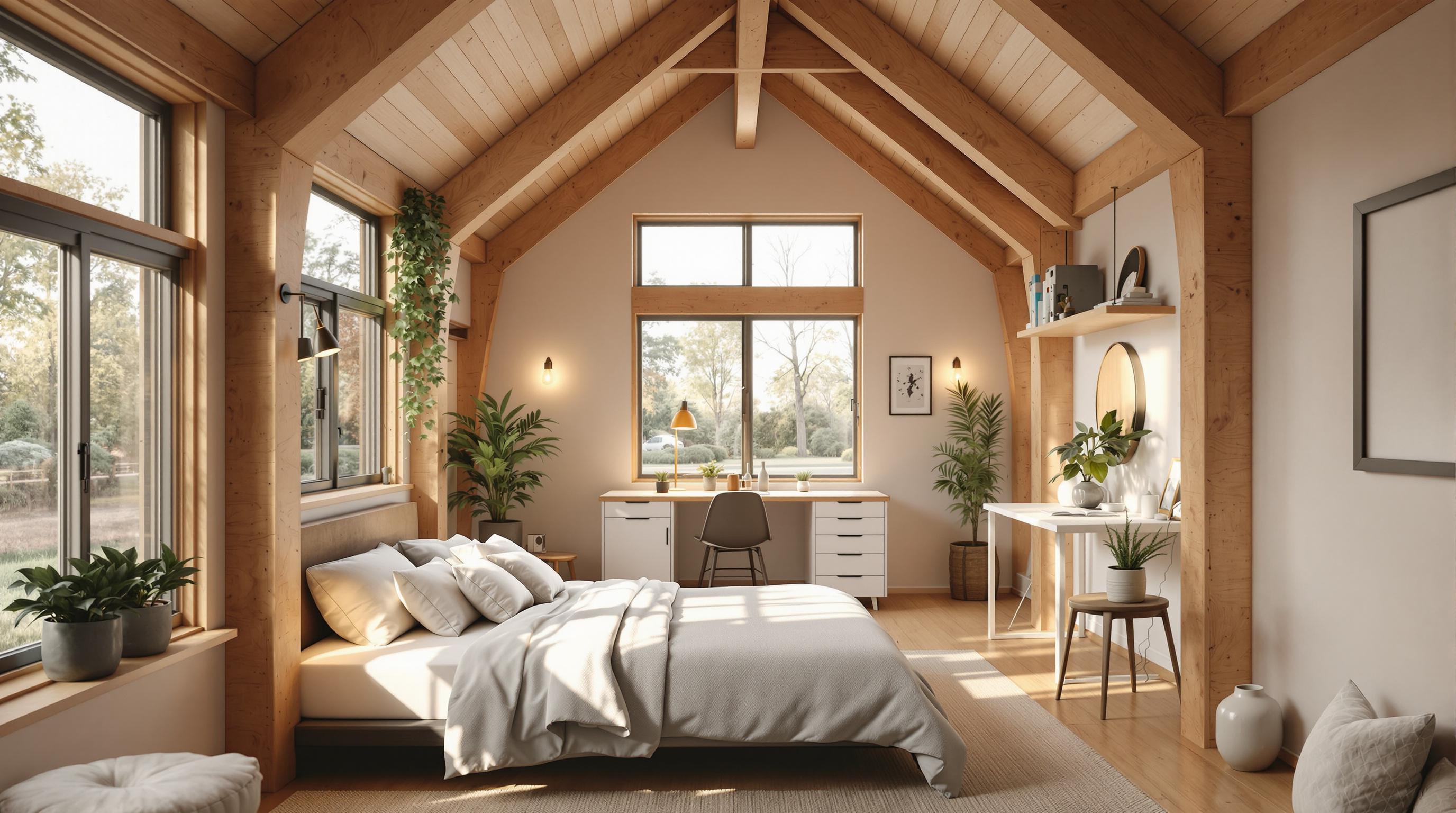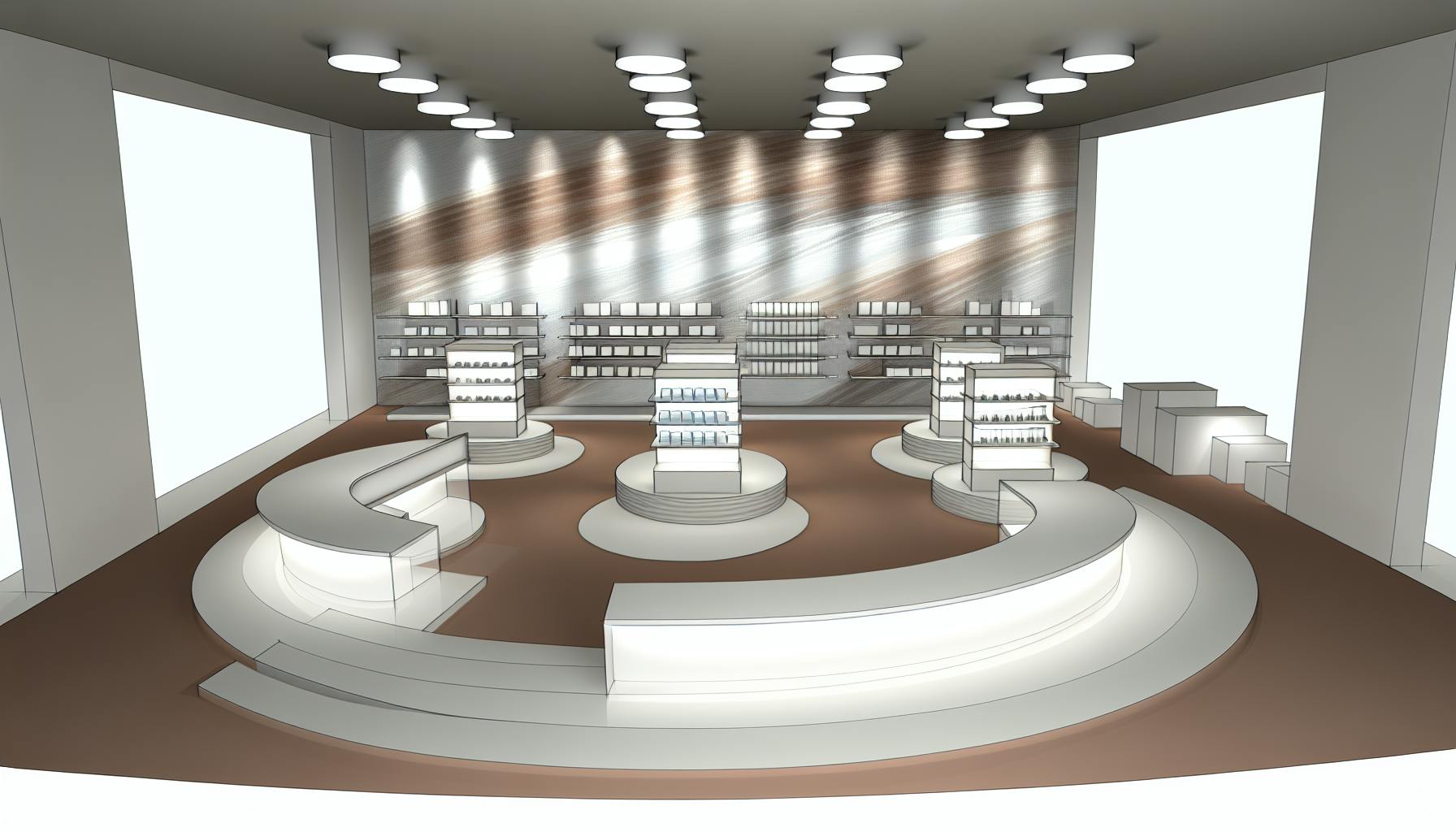In the ever-evolving world of architecture, a fascinating movement has emerged - the New Classics. This transformative design philosophy bridges the gap between history and modernity, creating homes that are as functional as they are beautiful. By blending timeless design principles with the conveniences of modern living, this style offers a fresh perspective on how we can honor the past while embracing the present. Welcome to a world where nostalgia meets innovation, and homes tell stories that span generations.
What Are the New Classics?
The New Classics are not about replicating historical homes or romanticizing the past for its own sake. Instead, they reinterpret principles such as symmetry, proportion, and craftsmanship through a modern lens. The result? Homes that exude elegance and warmth, while catering to the needs of contemporary lifestyles. Unlike stark minimalism, which can sometimes feel cold and impersonal, New Classic homes bring a sense of character, intimacy, and heritage to everyday living.
At its core, this architectural style revolves around one key idea: balance. The New Classics combine the refinement of traditional design with today’s technology, open layouts, and sustainable practices to create spaces that are both timeless and forward-thinking.
Why Classic Architecture Still Resonates
Why does classic architecture continue to captivate us in an era dominated by glass skyscrapers and minimalist interiors? The answer lies in its ability to evoke comfort and familiarity. Classic design speaks to our shared history, connecting us to a sense of permanence and heritage. From intricate moldings to graceful facades, these design elements remind us of traditions and craftsmanship that have stood the test of time.
While modern homes often prioritize clean lines and efficiency, they occasionally lack the depth and warmth that classical elements can provide. Incorporating "old soul charm" into a modern home can transform it from a functional space into a living narrative - one that feels grounded in history yet perfectly suited for the present.
Key Features of the New Classics
1. Authentic Materials with a Modern Twist
The New Classics emphasize the use of tactile, authentic materials like natural stone, aged metals, and rich hardwoods. These elements bring a sensory connection to the past while being paired with contemporary materials such as glass and steel, creating striking contrasts and visual interest.
2. Proportions and Symmetry
The human eye naturally gravitates toward harmony and balance, which is why classical architecture often relied on the golden ratio and symmetry. In New Classic designs, these principles are subtly integrated into modern frames, offering spaces that feel pleasing without strictly following historical styles.
3. Thoughtful Ornamentation
While modern minimalism often eliminates decorative details, the New Classics embrace subtle ornamentation to add richness and artistry. Think crown moldings, wainscoting, or iron railings - small touches that elevate a space while maintaining restraint.
4. Lighting as a Bridge Between Eras
Lighting plays a critical role in merging classic and modern styles. For example, a chandelier inspired by a French chateau can be reimagined with minimalist geometry and LED efficiency. These pieces act as both functional elements and conversation starters.
5. Open Layouts with Defined Zones
Traditional homes were often compartmentalized, while modern homes lean toward open-plan designs. The New Classics strike a balance by using architectural elements like columns, arches, or ceiling treatments to define spaces without closing them off entirely. This creates a sense of flow and structure.
Spaces Transformed: New Classics in Every Room
Living Rooms: The Heart of the Home
In New Classic homes, the living room often features a statement fireplace crafted from stone or marble. With sleek, minimal lines, this centerpiece anchors the room, making it suitable for both formal gatherings and casual relaxation.
Kitchens: Where Function Meets Elegance
Kitchens embrace the charm of traditional design with features like rich cabinetry, stone countertops with detailed edging, and vintage-inspired fixtures. At the same time, they incorporate hidden storage and integrated appliances for maximum efficiency.
Bedrooms: Balancing Coziness and Openness
Bedrooms in New Classics achieve a harmony between high ceilings and warm textures. Layered textiles and soft lighting ensure the space feels restful and timeless.
Bathrooms: A Blend of Luxury and Innovation
From claw foot tubs to marble vanities, bathrooms exude luxury while incorporating modern conveniences like frameless showers, underfloor heating, and smart mirrors. This juxtaposition creates spaces that feel indulgent yet practical.
Merging Indoors and Outdoors
Classical homes often emphasized gardens, terraces, and courtyards as extensions of the home. The New Classics modernize this idea with indoor-outdoor transitions, such as sliding glass walls that open to shaded pergolas or courtyard lounges. This approach seamlessly blends the romance of the past with the openness of contemporary design.
Sustainability in the New Classics
Eco-conscious building is not limited to ultra-modern aesthetics. The New Classics embrace sustainable practices by using recycled materials, energy-efficient systems, and sustainable sourcing, all while maintaining a timeless appearance. This proves that green architecture and classical elegance can coexist beautifully.
Real-World Adaptations of New Classics
The New Classics look different depending on the region. For instance:
- An Italian Villa might blend terracotta with modern glass extensions.
- A New England Colonial could feature traditional facades paired with open-plan interiors. This adaptability is what makes the style so versatile and relevant across cultures.
Key Takeaways
- The New Classics blend timeless design principles with modern functionality, offering homes that honor history without feeling outdated.
- Balance is key: Ornamentation, symmetry, and authentic materials are used thoughtfully to create harmony.
- Homes designed in this style achieve a sense of character and warmth, contrasting with the sometimes impersonal feel of modern minimalism.
- Signature features include:
- Subtle ornamentation like crown moldings and wainscoting
- Authentic materials paired with glass and steel
- Open layouts defined by architectural elements
- Seamless indoor-outdoor transitions
- Sustainability is integrated, proving that eco-conscious practices can complement classical design.
- Adaptability across regions keeps the New Classics relevant globally, from urban townhouses to countryside estates.
Conclusion
The New Classics represent a bold yet respectful approach to architecture, proving that we don’t have to choose between tradition and innovation. These homes offer more than just beauty - they provide a sense of connection, grounding us in the past while inspiring the future. Whether you’re an architect, homeowner, or enthusiast, the New Classics offer a timeless design philosophy that celebrates both heritage and progress. By weaving "old soul charm" into modern living, they deliver spaces that are as enduring as the stories they tell.
Source: "Top Modern Classic House Design Trends That Blend Past & Present" - Housize, YouTube, Aug 12, 2025 - https://www.youtube.com/watch?v=T2lNhhfQnzY
Use: Embedded for reference. Brief quotes used for commentary/review.


